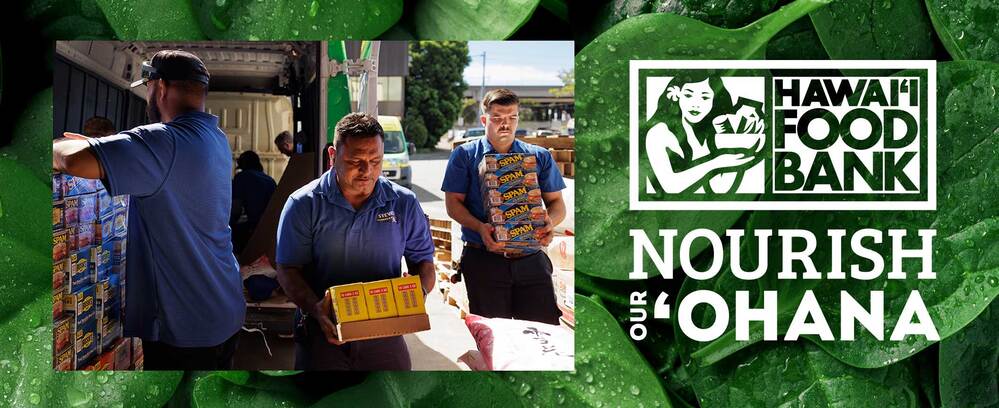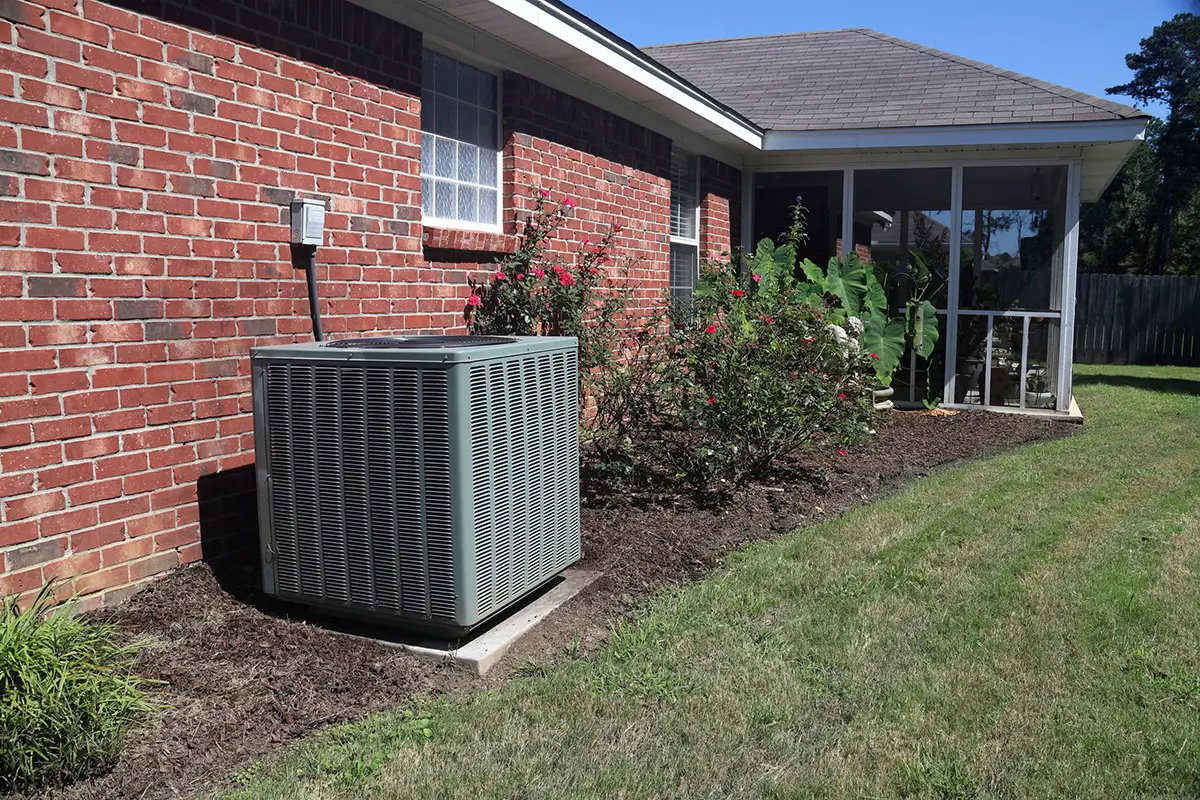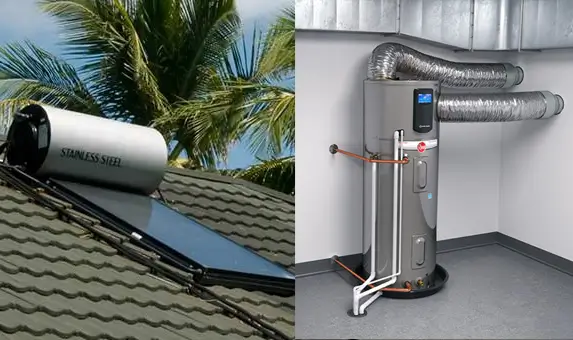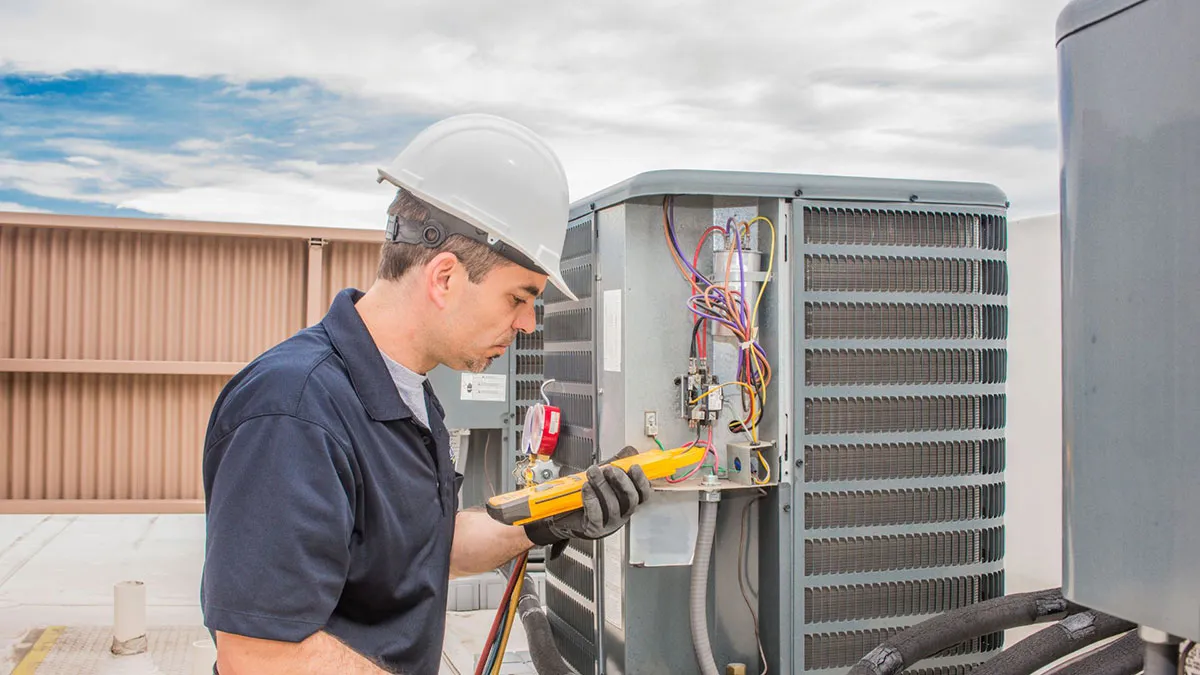We’ve all been there – you go to flush the toilet, but instead of that satisfying swirl of water, you’re left staring at an unmoving pool. A failed flush that just refuses to go down properly. Definitely an annoying moment for any Honolulu homeowner!
But before you assume the worst, know that a balky non-flushing toilet doesn’t automatically equal a major plumbing emergency. A variety of common reasons could be behind your commode’s sudden inability to do its one job. From temporary clogs to mechanical wear-and-tear issues, flush failures happen for all sorts of reasons big and small.
Heck, even details like your toilet model’s specific trap way configuration make some more prone to flushing hiccups than others over time. It’s not always a disaster scenario!
Rather than immediately breaking out the plunger or bracing for an overflow, take a breath first. This guide runs through all the typical explanations for toilets struggling to flush completely in Honolulu homes. We’ll look at both simple blockages and larger systemic problems so you can properly diagnose the real culprit.
With some basic troubleshooting knowledge, you may find that balky flushing problem has an easy fix. No need to panic about plumbing nightmares until you identify the underlying cause first!
Clogged Toilet Bowl
Probably the most common reason for a toilet’s sudden stubborn refusal to flush? A straight-up clogged bowl. You know, when too much “material” is crammed into that porcelain throne’s tight confines. It’s the plumbing equivalent of trying to force a size 10 foot into a size 6 shoe – something’s gotta give eventually!
Diagnosing a toilet bowl clog is usually pretty straightforward. If you flush and the water level just rises up instead of going down, grab a mirror and do a quick peek down into the murky depths. Chances are you’ll spot the offending lump that’s acting like a stopper, completely blocking off the exit path. Sometimes you don’t even need to flush first if an excessive gob of toilet paper or something else is visibly clogging up the bowl.
For minor clogs, go ahead and try giving your trusty plunger a workout to forcibly dislodge that obstruction. Don’t be shy – put some muscle into that plunging! Follow up with a flush and cross your fingers for the big swoosh of relief. If plunging alone won’t get things flowing again, bring out the closet auger (that metal snake tool) to either bore through or snag that stubborn gunk so you can carefully extract it.
And for the truly horrendous clumped messes? Break out that toilet brush and start chopping and mashing that nastiness into smaller, more flushable pieces. Or opt for a chemical clog remover to help dissolve it if you’d rather not get hands-on. Just don’t give up until you achieve that satisfying, powerful flush with nothing left bobbing behind!
Low Water Level in the Tank
Sometimes the struggle behind a toilet’s balky flushing performance has nothing to do with an actual clogged bowl situation. Nope, these cases see the porcelain throne clog-free yet somehow still unable to muster up enough oomph for a full, vigorous flush.
If you’re frantically holding that handle down trying to squeeze out a weak dribble of water, chances are you’re dealing with an improper water level in the tank itself. To operate optimally, that tank needs to stay properly filled to its intended level – not too high, not too low.
Do a simple tank inspection after an unsuccessful sad trickle of a flush. If the water level looks low, just covering the bottom few inches, bingo – there’s your likely culprit. Not enough water volume to generate competent flushing pressure. While you’re in there, check for other obvious culprits like a leaky flapper or cracked components.
Adjusting the fill valve should resolve basic low levels easily enough. Just locate the float component and gently bend or twist it upwards to raise the automatic shutoff point for more tank refill. If that valve itself seems stuck or spraying constantly, a full valve replacement may be needed. But usually just tweaking that fill level resolves those frustrating weak flushes!
Faulty Flapper
You know that oft-overlooked little rubber device down in the tank? That’s the flapper, and it controls the whole flushing game! When functioning properly, this gasket forms a tight seal over the flush valve opening. Pressing that handle pulls the flapper up, allowing the tank’s water to rapidly discharge down into the bowl to create that beautiful swirling, swirling action we all know and love.
But when that flapper fails by stiffening up, cracking, or simply not resealing snugly post-flush, it basically cuts off the water flow prematurely. Result? A toilet that just can’t seem to flush fully despite the tank being full.
Do a close visual inspection of the flapper’s condition and watch it in action during a flush. If it doesn’t unseal fully or reseal properly afterwards, you’ve likely found the culprit behind those lame flushes. Quick fix is simply purchasing and installing an affordable replacement flapper – a small upgrade that works wonders for restoring powerful, high-volume flushes!
While you’re in the tank already, take the time to give everything a quick vinegar scrub to remove any crusty buildup too. A fresh, supple flapper gasket combined with a clean tank and valve go a long way towards flushing perfection once more. Don’t underestimate the impact of a properly sealing flapper!
Broken Chain or Handle
For such a basic device, toilets sure have a shocking number of potential failure points when it comes to flushing properly. Like that unassuming little handle and chain mechanism you use to actually initiate the whole flush cycle in the first place!
While fairly rudimentary components, these flush actuators can absolutely cause big problems when they malfunction or break entirely. Tangled, kinked, or disconnected chains prevent the flapper from lifting fully to release water into the bowl. Similarly, cracked or detached handles make it impossible to operate the flush lever smoothly.
Doing a close visual inspection usually reveals the culprit right away. Give the handle a firm jiggle during your next flush – does it feel loose, wobbly or totally disconnected? Take a peek under the tank lid too – is that little chain hopelessly tangled in knots or disconnected from the flapper?
Fortunately, these types of flush failures tend to have remarkably simple, inexpensive fixes. Reattaching handles and unkinking chains lets you quickly restore full toilet flushing functionality. Or pick up an affordable flush handle and chain kit at any hardware store for a full actuator refresh. Don’t underestimate the impact that small broken flush components can have!
Blocked Rim Jets
We’ve all encountered the dreaded phantom flush – when you depress the handle but instead of a powerful swirling release, you get a sad trickle with barely any water entering the bowl at all. What gives?!
More often than not, the likely offender here involves those little rim jets or holes surrounding the toilet bowl’s interior upper edge. Despite their unassuming size, these small openings play a crucial role during every flush cycle by allowing water to rapidly enter and spin within the bowl itself.
But when mineral buildup, gunk, or deteriorating deterioration causes those rim jets to become obstructed or clogged over time, it chokes off the necessary water flow into the bowl. Rather than receiving the full tank’s torrent all at once, you’re left with just a pitiful trickle dribbling ineffectively in.
Thankfully, dealing with blocked rim jets rarely requires any complex repairs. Start by thoroughly scrubbing the bowl’s interior with a stiff-bristled toilet brush to help dislodge any minor obstructions. Stubborn mineral deposits may need some extra elbow grease and a pumice stone.
For really calcified rim jets seemingly impervious to scrubbing, an acid-based lime remover like CLR can zap through that buildup when applied as directed. Just be sure to properly flush and rinse the bowl afterward. Unblocking those rim jets gets water flowing forcefully again!
Fill Valve Issues
We’ve already touched on how an improperly adjusted or failing toilet tank fill valve can definitely contribute to poor flushes simply through inadequate water levels. But fill valve shenanigans create other flushing frustrations too!
Even with the tank properly topped up, a faulty inlet valve that fails to create a tight seal allows water to slowly trickle out during the flush rather than forcefully evacuating all at once. You’ll experience a weak, lackluster flush without much cleansing power.
Similarly, mineral buildup restricting the valve’s inlet holes prevents it from refilling the tank rapidly after each flush. So while the initial flush seems normal, you’re left impatiently waiting for a refill that never quite replenishes entirely for a vigorous second flush when needed.
Diagnosing fill valve problems usually isn’t too tricky – listen and watch closely during the flush and refill cycles for any suspicious running water sounds or failure to fully refill. Disassembling the valve often reveals the scale buildup, deteriorated gaskets, or cracks causing leaks and flow restrictions.
The fix? Depending on the severity, sometimes a thorough descaling and minor valve repair does the trick. But more often than not, completely replacing that old fill valve and hardware with a modern new kit restores perfect flushing cycles quickly and affordably!
Siphon Jet Blockage
While inspecting for rim jet obstructions, don’t overlook the toilet’s centrally located siphon jet too! This final hole at the bottom of the bowl allows powerful suction during flushes to quickly evacuate the entire inner chamber.
But when this critical siphon jet becomes blocked by solid waste, mineral scale, or even invasive roots from the drain line, that suction action gets cut off. You’re left with a hollow, underwhelming flush that can’t seem to fully clear everything from the bowl.
Snaking the toilet with an auger often clears siphon jet obstructions. Or for minor blockages, try using a plunger to create forceful suction directly over the jet opening. Just a small dislodged obstruction can seriously impact flush performance!
Drain Line Obstructions
Okay, so you’ve thoroughly snaked the toilet bowl and still can’t seem to resolve those terrible flushing woes? Time to consider potential blockages lurking further down the drain line itself.
Whether you’ve got an accumulation of waste and debris settled in the pipes over time, an invasive tree root infiltration, a misaligned pipe joint, or even a bellied section creating a trap – these types of obstructions prevent the smooth evacuation of water and waste during flushes.
For deep-set drain line clogs like these, you’ll likely need a professional plumber to utilize more robust tools like power augers and hydro-jetting equipment capable of cutting through the obstruction. Simply snaking from the bowl access point often can’t reach these stubborn drain line issues.
Faulty Overflow Tube
Check out that slim, unobtrusive little tube sticking up out of the toilet tank – you know, the one with those tiny perforations along its upper portion? Despite its understated presence, that’s actually the critical overflow tube designed to safely relieve pressure from the tank in case of inadvertent overfills or flushing mishaps.
But when an older overflow tube cracks or deteriorates, it allows water to constantly trickle from the tank into the bowl. Not only does this lead to chronically running fill cycles and high water bills, it also prevents accumulating the necessary tank reserves for a robust, high-powered flush.
If your toilet feels like it’s perpetually “Mini flushing” no matter what, take a closer look at the condition of that overflow tube and its tubing connections. A simple replacement and reseal may be all it takes!
Inadequate Water Supply
Occasionally, frustrating flushing failures actually have nothing to do with the toilet itself, but rather trace back to larger home plumbing issues limiting the necessary water supply.
Whether you’ve got depleted municipal water pressure in your area, a shut-off valve malfunction, mineral obstructions gradually restricting water flow through your home’s supply lines over time, or even major leaks sapping reserves – any of these inadequate water supply situations deprive the toilet of sufficient volume to generate a forceful, thorough flush.
Do some investigating by checking other fixtures like sinks and showers. If everything seems to have low pressure or flow, the issue likely originates with your home’s main water supply lines and requires professional diagnosis and repair. Attempting to upgrade toilet components won’t resolve the root problem. Simply put, no water means no powerful flushes no matter what!
Don’t Flush Your Troubles Away – Call Steve’s Plumbing!
From clogged bowls to mechanical failures, we’ve covered the multitude of reasons toilets stop flushing effectively. While DIY techniques can sometimes resolve basic issues, persistent problems demand professional expertise.
For Honolulu residents tired of battling balky toilets, Steve’s Plumbing provides the island’s most knowledgeable plumbing experts. Our technicians quickly diagnose and remediate even the trickiest flushing failures using state-of-the-art tools and methods.
Don’t let a minor flushing frustration spiral into an emergency overflow scenario. Spare yourself the mess and headaches – contact Steve’s Plumbing at (808) 563-4054 to get your commode flushing like a dream again!









